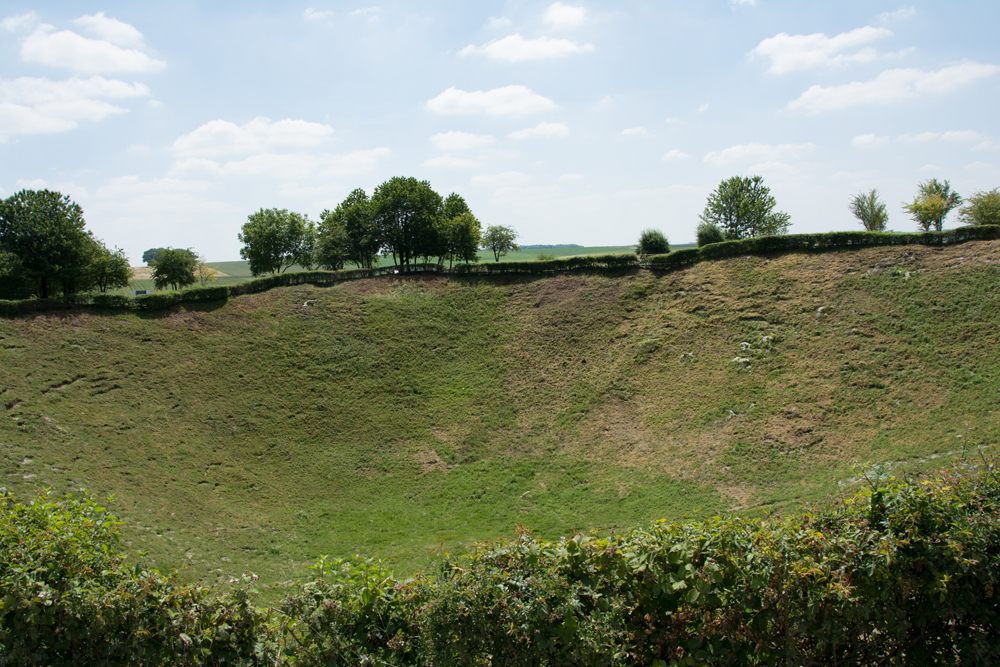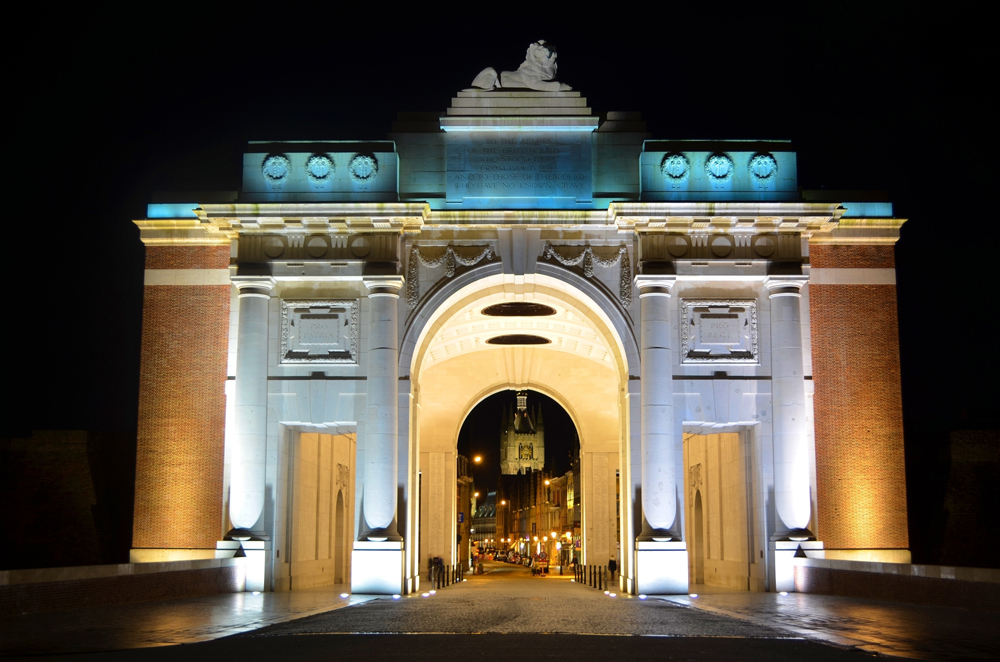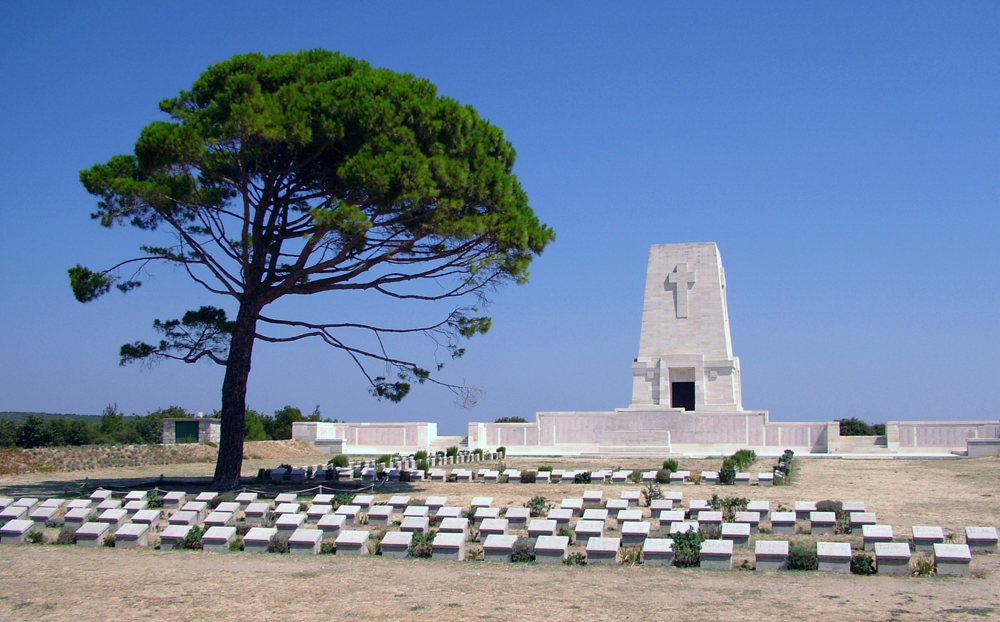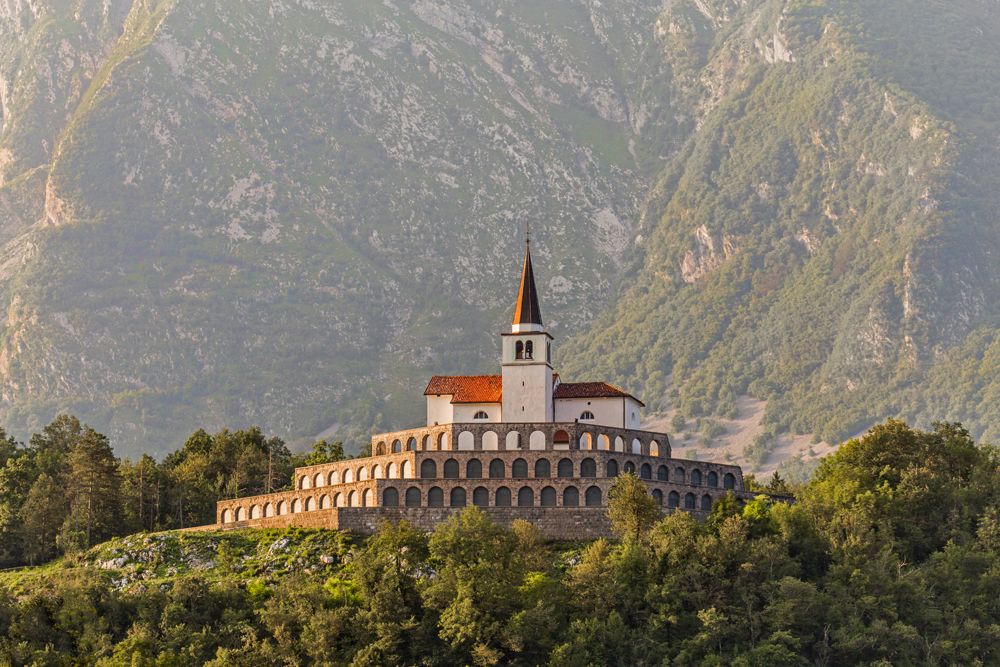Home / UK & Europe / 100 Years Since World War One:…

100 Years Since World War One: Battlefields of Europe
On November 11, 1918, the devastation of World War One finally ended. The “War to End All Wars” left the modern world in ruin, broke up some of the mightiest empires that had ruled the world, and was meant to be the final conflict between the great powers of Europe, proving how disastrous warfare in the age of technological innovation was to both winner and loser. Unfortunately, wars didn’t end with World War One, but the world has immensely changed since that November day in 1918.
Exactly 100 years have passed since the end of World War One and there’s been no better time to reflect on the loss, sacrifice, and world-changing events of the war while journeying through Europe. From the farmer’s fields of the Western Front to the beaches of Turkey, the remnants of the battlefields of World War One offer a chance to get in touch with an epochal event of the previous century and reflect on the lessons of the past hundred years.
The Battle of the Somme
Even today, the Battle of the Somme lives in infamy. This British offensive on the Western Front in Northeastern France took place in late 1916 and was meant to break the German lines and speed up the end of the war. Instead, it turned into one of the most devastating battles in world history, with around one million casualties on both sides.

The battlefields of the Somme are some of the easiest to visit on a trip to France due to their location and relative level of preservation. The Commonwealth Memorial in Thiepval is a good place to start as it’s dedicated to around 72,000 British Commonwealth soldiers who died with no grave during the war. The massive arch memorial, designed by Sir Edwin Lutyens, is considered one of the greatest British monuments of the 20th century, with its cascading levels of brick piers and large archway. Nearby, also in Thiepval, you’ll find the Ulster Memorial Tower, which is a replica of Helen’s Tower in Northern Ireland and a memorial to the men of Ulster who died on the Western Front. Its location is the exact position of the German front lines at the start of the Battle of the Somme.
In nearby Albert, you’ll find more museums and memorials commemorating the Battle of the Somme. The Somme 1916 Museum within the town of Albert recreates trench warfare in an old air raid tunnel, with experiential exhibits and several life-size dioramas of life in the trenches. Just outside Albert, you’ll find the Lochnagar Crater, which is the biggest crater of the Western Front. During the war, British troops dug an underground mine beneath the German trenches and filled the mine with explosives. When it detonated, it decimated the German forces and left a hole 100m deep and 30m wide. Although grass and other plants have grown over the crater, you can still skirt the rim and see just how massive the hole is.

For Canadians, the Beaumont-Hamel Newfoundland Memorial holds a lot of significance. It commemorates the forces of Newfoundland who fought in World War One (at the time, Newfoundland was a sovereign dominion and not yet a part of Canada) and who were mostly wiped out in the opening hours of the Battle of the Somme. The trenches at the Newfoundland Memorial are some of the best-preserved across the entire Western Front, so there’s reason to visit, even if you have no connection to Canada and Newfoundland.
The Battle of Ypres
The city of Ypres in Belgium was the centrepiece of a series of battles between Allied and German forces on the Western Front. Starting in October of 1914, the city saw five major battles over the four years of the war, with hundreds of thousands of casualties at each engagement. The Third Battle of Ypres, also known as the Battle of Passchendaele, was perhaps the most significant of these battles, with up to 800,000 casualties during the months of July to November 1917, as British, Canadian, and German forces fought in the mud and unrelenting rain of the Belgian floodplains.

The Memorial Museum Passchendaele 1917 in Zonnebeke is a good place to start an exploration of the Battle of Ypres. The museum is housed in an old chateau and showcases exhibits about life in the mud of Passchendaele, as soldiers struggled for several months to control a tiny 8km stretch of land. In the town of Ypres itself, you’ll find the In Flanders Fields Museum, which showcases the destruction and futility of war and commemorates John McCrae’s famous poem, “In Flanders Fields.” The museum is located in the city’s magnificent Cloth Hall, which was reconstructed following the war and remains one of the largest medieval trade halls in all of Europe.
The Menin Gate is also a site worth visiting in town. It’s dedicated to the Commonwealth soldiers who died without graves during the Battle of Ypres. Most movingly, it has all 54,896 of their names carved onto its bricks. Each day at 8pm, a memorial service is held beneath the Gate with the “Last Post” playing to honour the dead.

The Battle of Verdun
What the Somme was for the British, the Battle of Verdun was for the French. It was the largest battle of the Western Front and one of the costliest. The Germans intended to break the French lines and make for Paris, but the French were able to repulse the German offensive, although they took considerable losses, with over 160,000 French soldiers dying over the course of the battle. To this day, Verdun is synonymous with French sacrifice and resilience in the face of destruction and death. It has also become a symbol of French and German reconciliation, as they both commemorate the immense losses suffered by both sides during the war.

The best place to start an exploration of the Battle of Verdun is Fort Douaumont, one of the 19 defensive forts that protected the city of Verdun. The Germans took the fort three days into the war, shocking the French, and its eventual recapture by French forces marked the official end of the battle. Although the majority of the fortification was destroyed by the Germans, you can still see many of the old bunkers, as well as barracks rooms, command posts, and guns and turrets left over from the war. Much of the site has been left as-is over the past hundred years, giving visitors great insight into conditions at the end of the battle.
The nearby Douaumont Ossuary commemorates the losses during the battle. The cemetery holds the skeletal remains of 130,000 unidentified soldiers, both French and German, who died on the battlefield. You’ll find a graveyard as well as the central building, which is a stunning design of white stone that’s shaped like a lantern; the shape is fitting as it’s crowned by a red and white “lantern of the dead” that illuminates the graveyard at nighttime. To learn more about the Battle of Verdun, you can also visit the Verdun Memorial, which displays French and German military equipment and also memorializes civilian losses during the battle.

The ANZAC Beaches at Gallipoli
For soldiers of the ANZAC (Australian and New Zealand Army Corps), no battle was as devastating as the Gallipoli Campaign, which saw British Commonwealth forces, including a significant portion of the Australian and New Zealand armies, land on the fortified beaches of the Gallipoli peninsula of Turkey on April 25, 1915 in an attempt to use it as a staging ground against the Ottoman Empire and the eventual capture of Istanbul (then Constantinople). Unfortunately, the amphibious invasion was poorly planned and led to immense casualties on the Allied side and eventual defeat.
Pitched on the Aegean Sea, the landscape of the Dardanelles is gorgeous. Today, the area is a Turkish national park containing 40 Allied cemeteries and 20 Turkish cemeteries commemorating the dead. The Gallipoli Simulation Centre is a great place to get an overview of the battle. It has 11 galleries showcasing a variety of exhibits, which will get you up to speed on the details of the battle for when you visit the actual beaches and graveyards. Anzac Cove is the main landing ground for Allied forces and the most significant battlefield.
Nearby, you’ll find the Anzac Commemorative Site at North Beach, which tells the story of the battle amidst the landscape. After surveying the beach and learning about the battle, head to the Ari Burnu Cemetery and Canterbury Cemetery, which are the resting places of the fallen soldiers of Australia and New Zealand. It’s also worth visiting Lone Pine, a striking spot where Australian forces managed to hold the Turkish positions for a few days before eventually retreating after the larger battle failed.

Other Battlefields
The battles of World War One didn’t only happen along the Western Front and along the beaches of Turkey, but the memorials mentioned in this article and dedicated to the battles of the Somme, Ypres, Verdun, and Gallipoli are among the best-preserved and most easily accessible for travellers in Europe. If you go further afield, you’ll find other battlefields of World War One.
For instance, in Slovenia, you can find a memorial and Italian ossuary in Kobarid, the location of the Battle of Caporetta, which saw Italian forces fight against the Austro-Hungarian Empire. However, sites along the Russian Front are not as easy to find. For instance, nothing remains of key battles like the Battle of Tannenberg, which saw the Germans decisively thwart the Russians early in the war. Monuments were built to commemorate the battle, but following World War II, Soviet authorities destroyed all German memorials to the battle that existed in Poland.

Today, the fields and valleys of Northeastern France and the beaches of Turkey offer some of the best locations to explore the key battles of World War One 100 years after the end of the war. These locations are sombre memorials to death and destruction, but they’re also key reminders of the folly of empire; they entreat us to learn from the devastation of the past and ensure that the future is free of this type of bloodshed. Thus, they are not only fascinating historical sites, but they also offer travellers a whole new perspective on the world and the events that define it.
Related Article:
Tour the Battlefields of WWI and Pay Remembrance, on a Trip to France and Belgium
Get more travel inspiration by email.
Subscribe
0 Comments

Get the latest travel trends & hear about the best deals on vacations around the world.
If you’re a Globetrotter, these are the newsletters for you!



